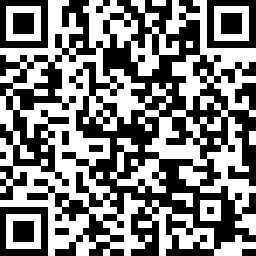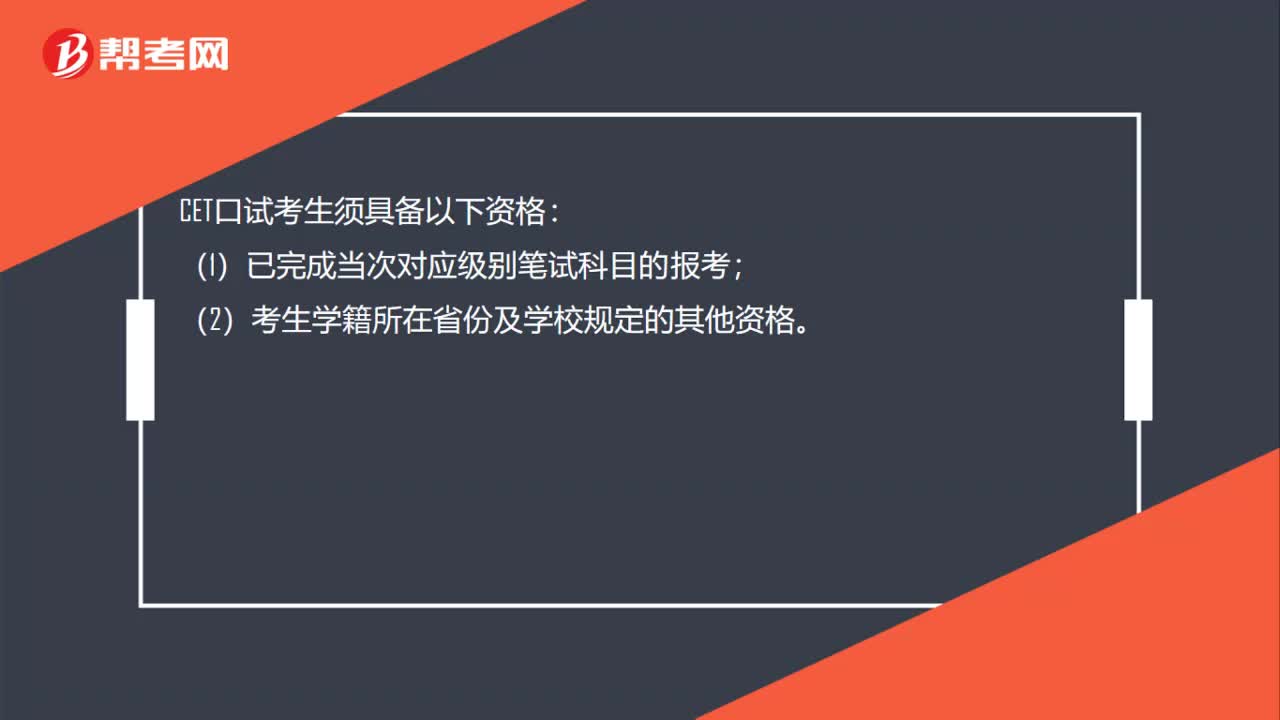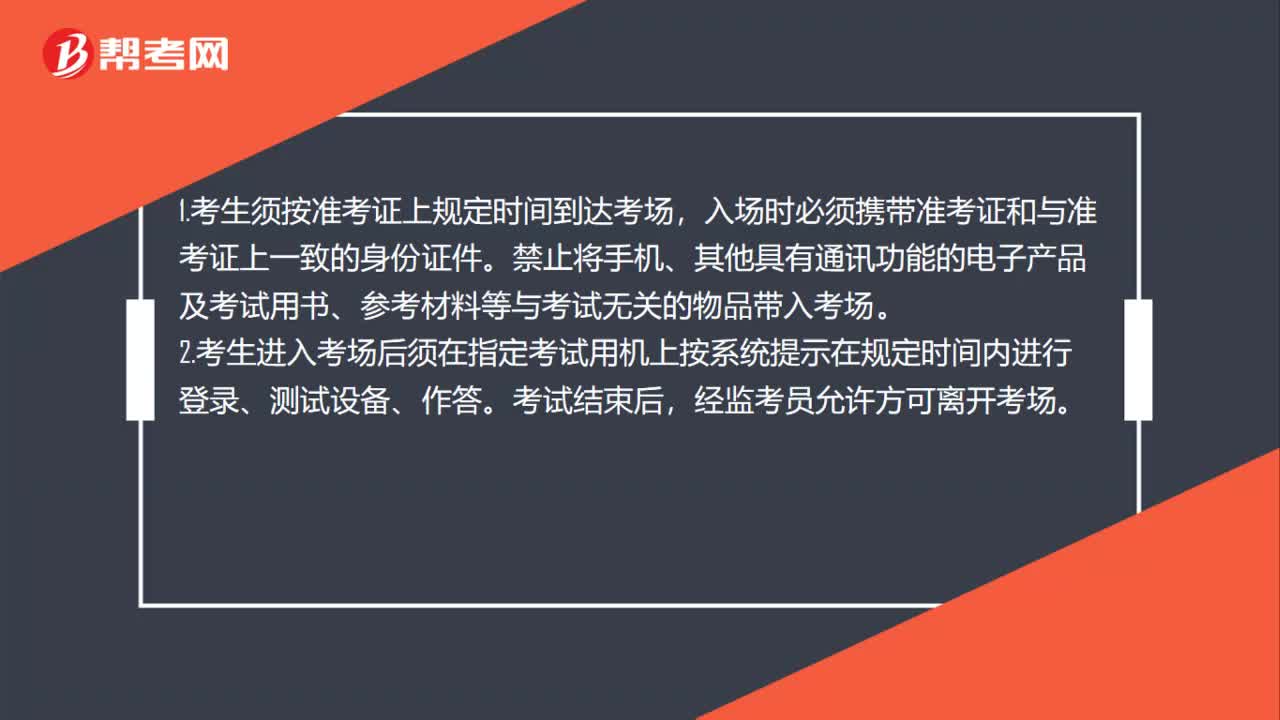
下载亿题库APP
联系电话:400-660-1360

下载亿题库APP
联系电话:400-660-1360

请谨慎保管和记忆你的密码,以免泄露和丢失

请谨慎保管和记忆你的密码,以免泄露和丢失

小伙伴们,今天的你有没有好好复习呢?下面,帮考网为大家准备了一些关于大学英语六级考试的习题,供大家练习,希望能够对大家有所帮助。一起来看!
A controversy erupted in the scientific community in early 1998 over the use of DNA (deoxyribonucleic acid ) fingerprinting in criminal investigations. DNA fingerprinting was introduced in 1987 as a method to identify individuals based on a pattern seen in their DNA, the molecule of which genes are made. DNA is present in every cell of the body except red blood cells. DNA fingerprinting has been used successfully in various ways, such as to determine paternity where it is not clear who the father of a particular child is. However, it is in the area of criminal investigations that DNA fingerprinting has potentially powerful and controversial uses.
DNA fingerprinting and other DNA analysis techniques have revolutionized criminal investigations by giving investigators powerful new tools in the attempt to trove guilt, not just establish innocence. When used in criminal investigations, a DNA fingerprint pattern from a suspect is compared with a DNA fingerprint pattern obtained from such material as hairs or blood found at the scene of a crime. A match between the two DNA samples can be used as evidence to convict a suspect.
The controversy in 1998 stemmed form a report published in December 1991 by population geneticists Richard C. Lewontin of Harvard University in Cambridge, Mass., and Daniel L. Hartl called into question the methods to calculate how likely it is that a match between two DNA fingerprints might occur by chance alone. In particular, they argued that the current method cannot properly determine the likelihood that two DNA samples will match because they came from the same individual rather than simply from two different individuals who are members of the same ethnic group. Lewontin and Hartl called for better surveys of DNA patterns methods are adequate.
In response to their criticisms, population geneticists Ranajit Chakraborty of the University of Texas in Dallas and Kenneth K.Kidd of Yale University in New Haven, Conn., argued that enough data are already available to show that the methods currently being used are adequate. In January 1998, however, the federal Bureau of Investigation and laboratories that conduct DNA tests announced that they would collect additional DNA samples form various ethnic groups in an attempt to resolve some of these questions. And, in April, a National Academy of Sciences called for strict standards and system of accreditation for DNA testing laboratories.
1.Before DNA fingerprinting is used, suspects____.
A.would have to leave their fingerprints for further investigations
B.would have to submit evidence for their innocence
C.could easily escape conviction of guilt
D.cold be convicted of guilt as well
2.DNA fingerprinting can be unreliable when ____.
A.the methods used for blood- cell calculation are not accurate
B.two different individuals of the same ethnic group may have the same DNA fingerprinting pattern
C.a match is by chance left with fingerprints that happen to belong to two different individuals
D.two different individuals leave two DNA samples.
3.To geneticists like Lewontin and Hartl, the current method ____.
A.is not so convincing as to exclude the likelihood that two DNA samples can never come from two individuals
B.is arguable because two individuals of the same ethnic group are likely to have the same DNA pattern.
C.Is not based on adequate scientific theory of genetics
D.Is theoretically contradictory to what they have been studying
4.The attitude of the Federal Bereau of Investigation shows that ____.
A.enough data are yet to be collected form various ethnic groups to confirm the unlikelihood of two DNA samples coming from two individual members
B.enough data of DNA samples should be collected to confirm that only DNA samples form the same person can match
C.enough data are yet to be collected from various ethnic groups to determine the likelihood of two different DNA samples coming form the same person
D.additional samples from various ethnic groups should be collected to determine that two DNA samples are unlikely to come from the same person
5.National Academy of Sciences holds the stance that ____.
A.DNA testing should be systematized
B.Only authorized laboratories can conduct DNA testing
C.The academy only is authorized to work out standards for testing
D.The academy has the right to accredit laboratories for DNA testing
答案:CBABB
以上就是本次帮考网和大家分享的全部内容了,好的成绩是坚持不懈的努力得来的,关注帮考网,还有更多有关英语六级考试的练习等着你哦!最后,帮考网祝各位考生考试顺利通过,取得好成绩!
 47
47英语四六级准考证打印流程是什么?:英语四六级准考证打印流程是什么?1.进入全国大学英语四、六级考试报名网站(cet.etest.net.cn),点击“快速打印准考证号”进入打印准考证的页面,2.输入省份、证件类型、证件号码、姓名等信息即可打印准考证;注。笔试准考证打印时间请以考点通知时间为准:如考点采用集体打印方式,请联系学校相关部门领取准考证。
 25
25英语四六级考试查询成绩为0是怎么回事?:英语四六级考试查询成绩为0是怎么回事?2. 违规;3. 参加考试,但在考试时未按规定粘贴条形码;4.参加考试,总成绩在220分及以下。
 27
27英语四六级的口试报考资格是什么?:英语四六级的口试报考资格是什么?CET口试考生须具备以下资格:(1)已完成当次对应级别笔试科目的报考;(2)考生学籍所在省份及学校规定的其他资格。
 00:47
00:472020-06-01
 01:51
01:512020-06-01
 00:25
00:252020-06-01
 01:36
01:362020-06-01
 00:27
00:272020-06-01

微信扫码关注公众号
获取更多考试热门资料